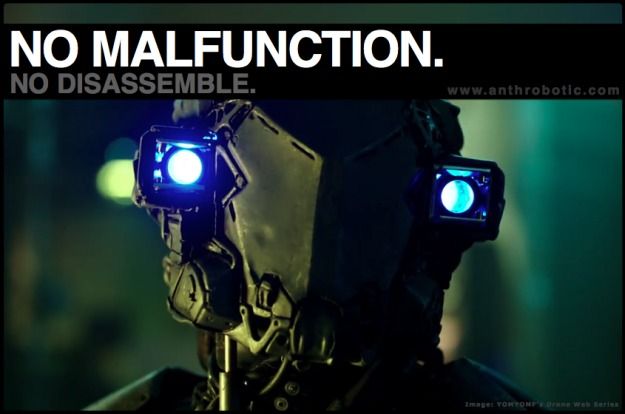I do not regret voting for this President and I would and will do it again. However.……I am not happy about our space program. Not at all. One would think there would be more resistance concerning the privatization of space and the inferior launch vehicles being tested or proposed. Indeed there would be objections except for a great deception being perpetrated on a nation ignorant of the basic facts about space flight. The private space gang has dominated public discourse with very little answering criticism of their promises and plans.
This writer is very critical of the flexible path.
It is a path to nowhere.
Compared to the accomplishments of NASA’s glory days, there is little to recommend the players in the commercial crew game. The most fabulous is Space X, fielding a cheap rocket promising cheap lift. There is so little transparency concerning the true cost of their launches that one space-faring nation has called the bluff and stated SpaceX launch prices are impossible. The Falcon 9, contrary to stellar advertising, is a poor design in so many ways it is difficult to know where to begin the list. The engines are too small and too many, the kerosene propellant is inferior to hydrogen in the upper stage, and promising to reuse spent hardware verges on the ridiculous. Whenever the truth about the flexible path is revealed, the sycophants begin to wail and gnash their teeth.
The latest craze is the Falcon “heavy.” The space shuttle hardware lifted far more, though most of the lift was wasted on the orbiter. With 27 engines the faux heavy is a throwback to half a century ago when clusters of small engines were required due to nothing larger being available. The true heavy rocket of the last century had five engines and the number of Falcon engines it would take to match the Saturn V proves just how far the mighty have fallen.
Continue reading “Flexible Path Flim Flam revised” »









